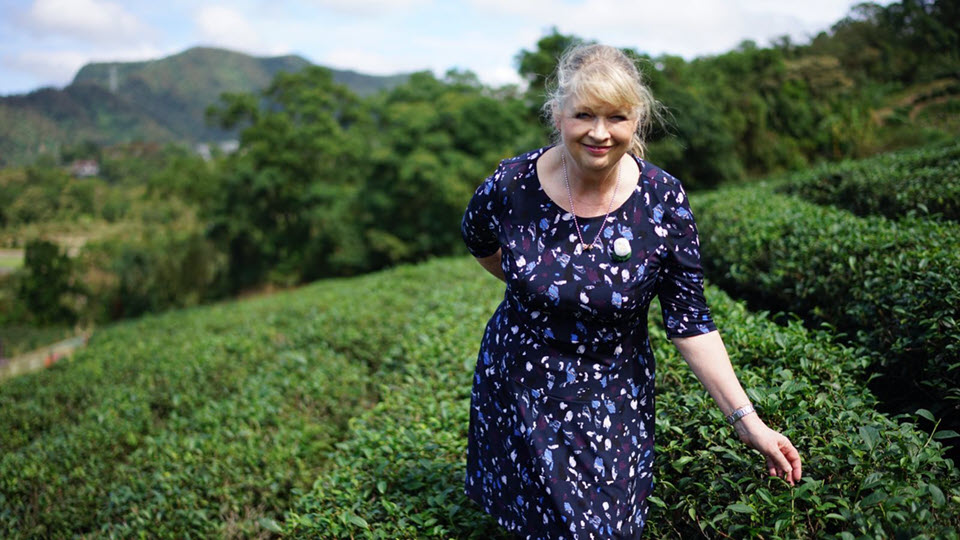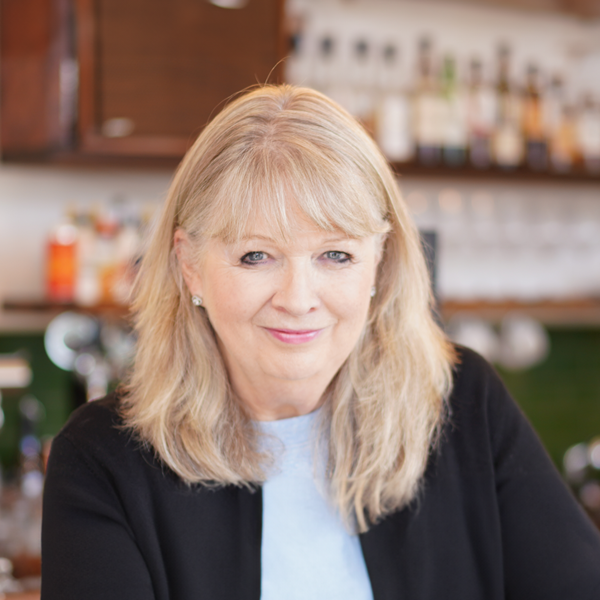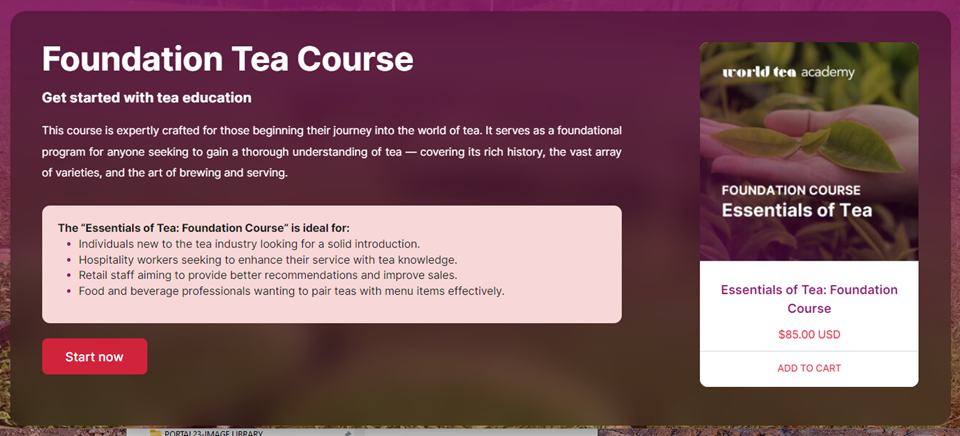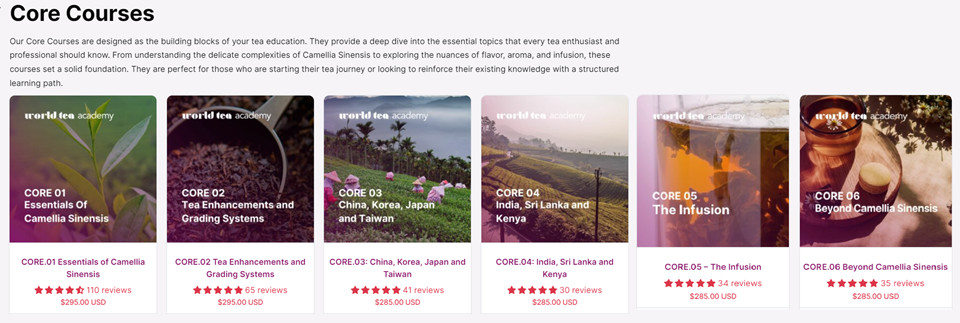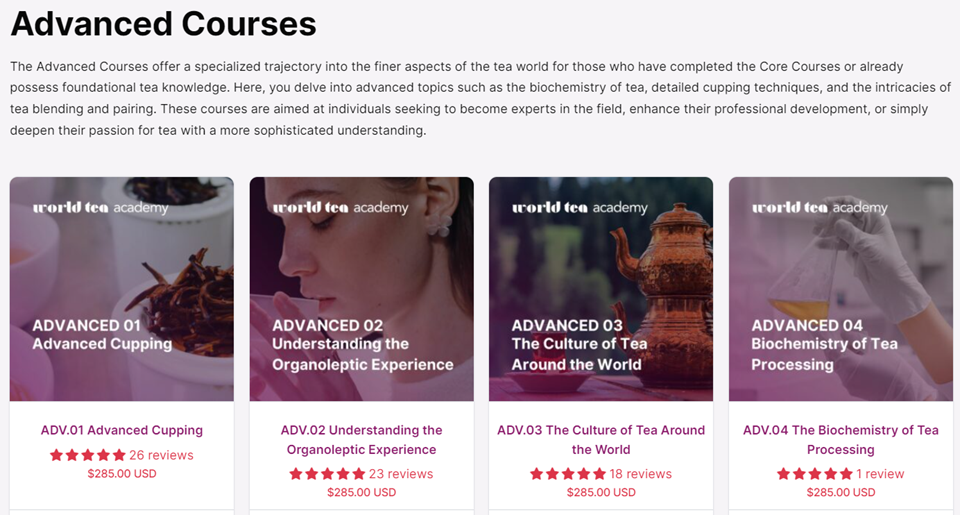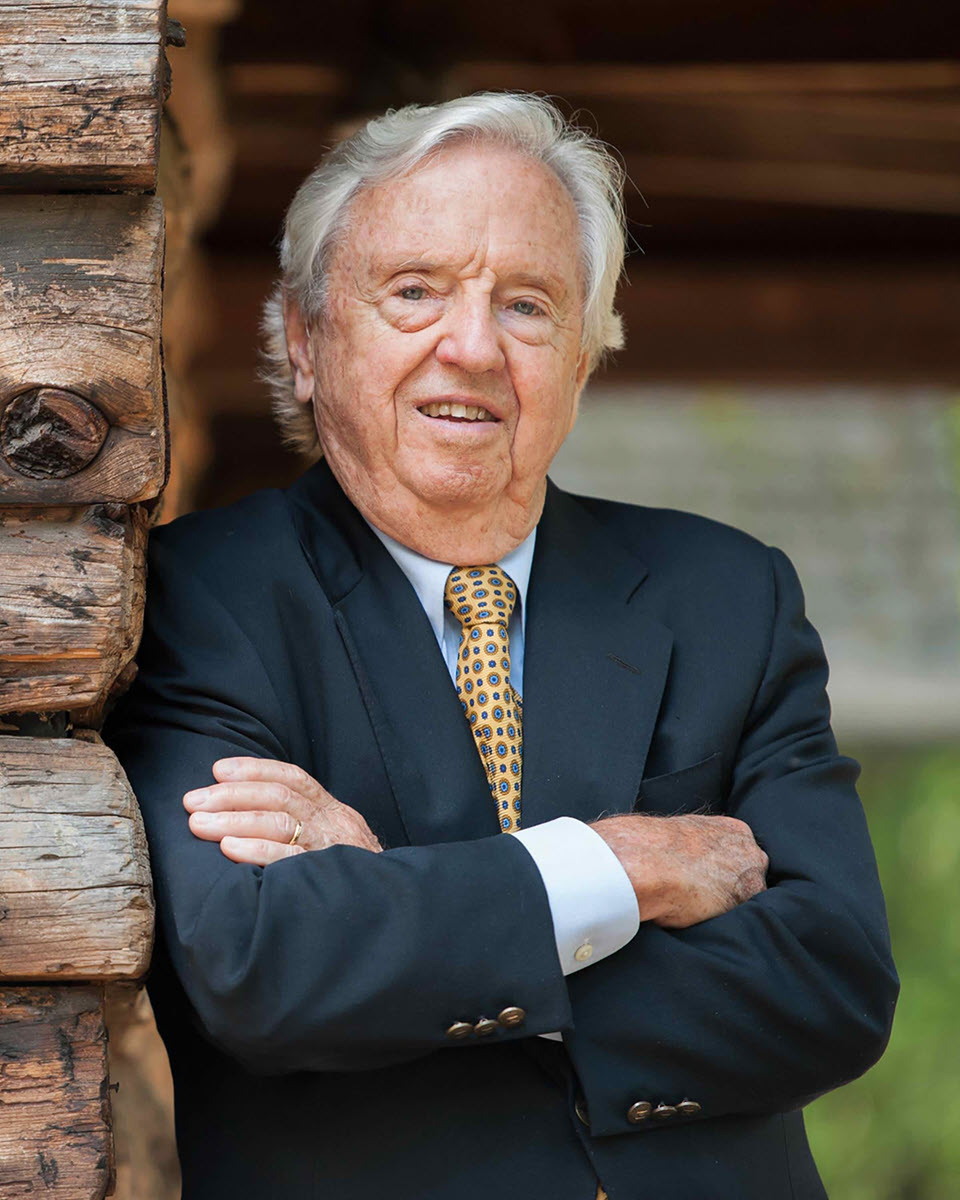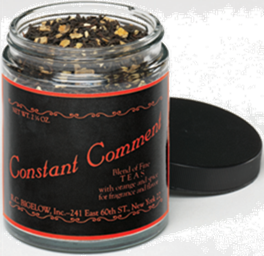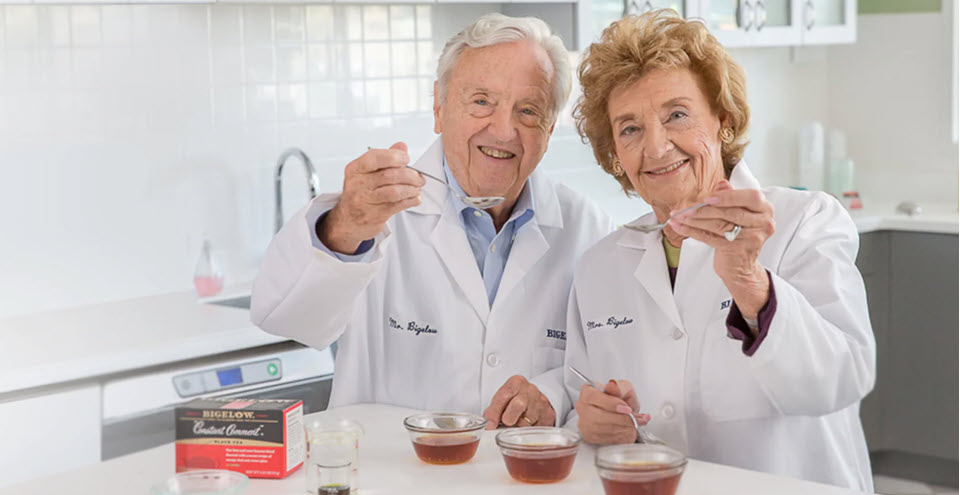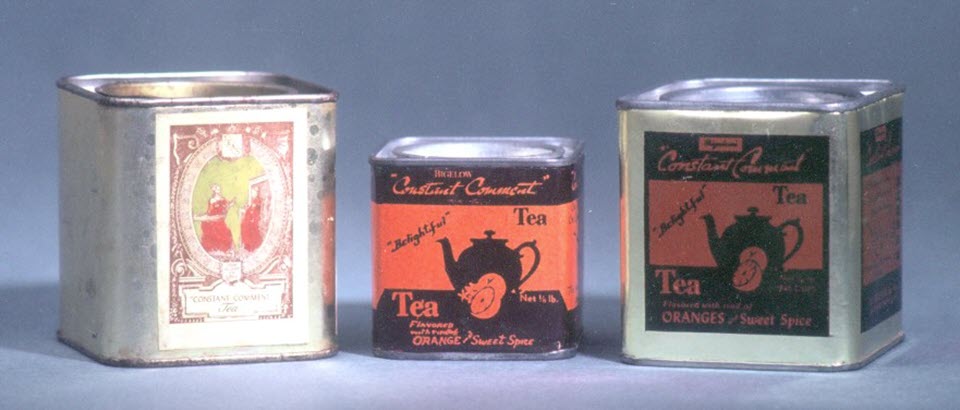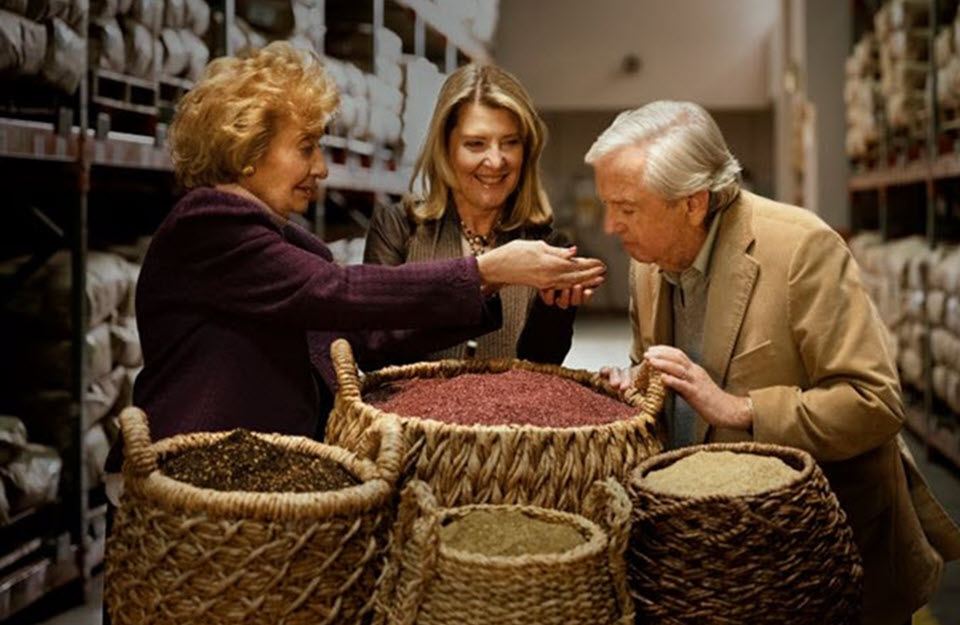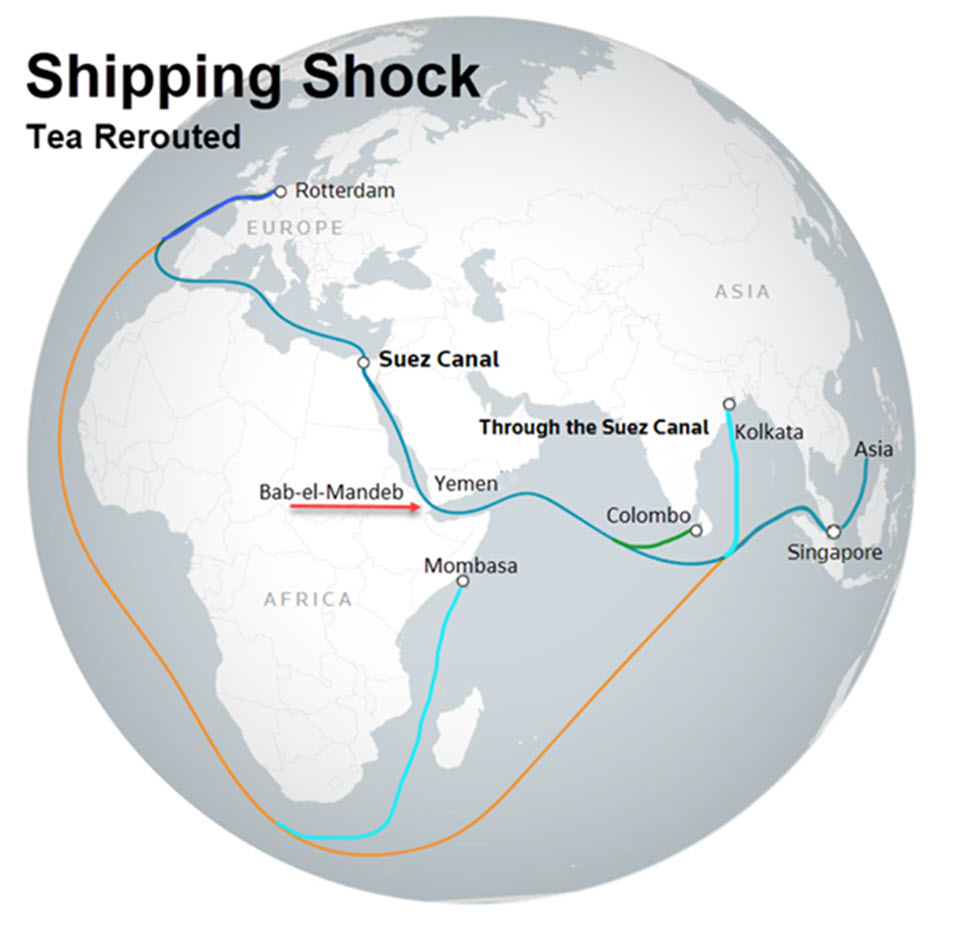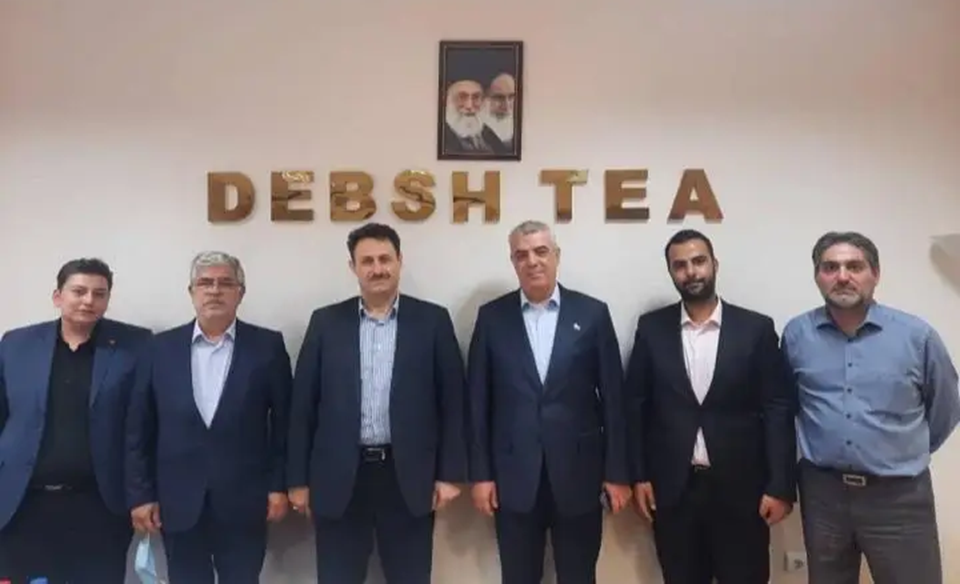The Toronto Tea Festival is celebrating its 10th anniversary this weekend. The Tea Guild of Canada and Tao Tea Leaf are co-founders and sponsors of the event. Organizers expect a big crowd to attend educational presentations, cultural demonstrations, and competitions, and there will be products on display from 50 tea vendors, large and small. Rita Fong helped organize the inaugural event. She is a director and manages social media and marketing of what is now the largest tea festival in Canada. She joins us on the Tea Biz Podcast this week to share insights on this event’s staying power and growing popularity.
India Tea News for the week ending 26 Jan 2024
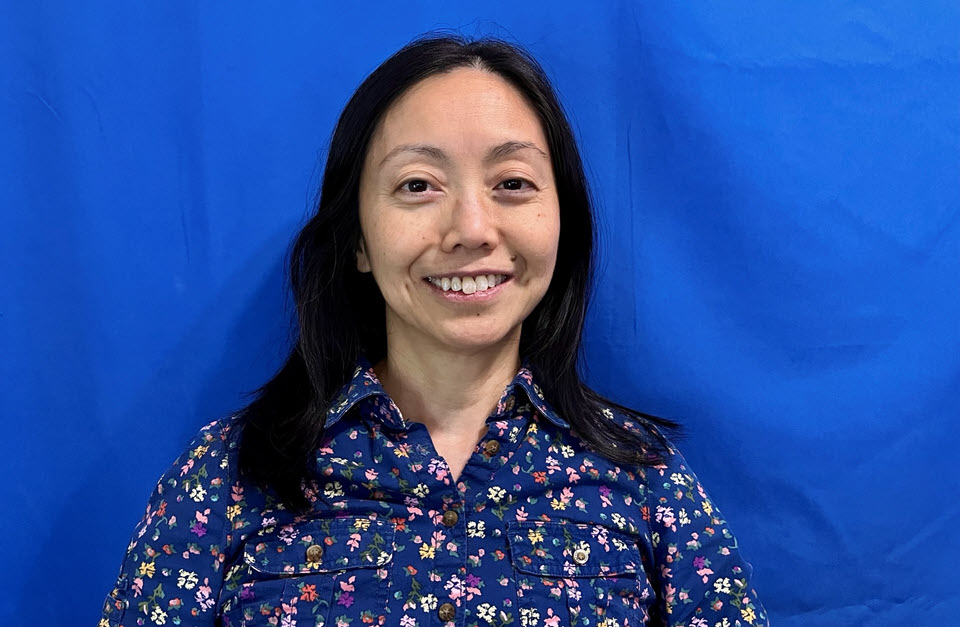
Festivals are Hard Work and Great Fun
By Dan Bolton
Rita Fong is a member of the Tea Guild of Canada and the Tea and Herbal Association of Canada and is one of the first graduates of a certified tea sommelier program in Canada. She is a seasoned social media marketer, a tea consultant with tea market expertise, a freelance writer, and a former blogger. She tirelessly promotes the festival, has long influenced the educational program, and recruits speakers and vendors. She works full-time in financial services.
Dan Bolton: Tell me, what is behind the staying power? What’s the formula for making this such a good show?
Rita Fong: I think a lot of it has to do with fun. Yes, resilience is a big thing, and it is grinding, but it’s so rewarding. The core group on the planning committee are true tea lovers.
The festival started as an idea by Tao Wu, Tao Tea Leaf’s co-founder, who wanted to organize a big event for tea lovers in Toronto. He started planning and contacting everyone he knew, including Bill Kamula. Bill was his tea instructor from George Brown College and also the Chair of the Tea Guild of Canada. Bill brought in a few of us from the Tea Guild (Carol Ann Savage and me), and we joined forces to help Tao. Carol and Bill have stepped away recently, but Nicci Li, initially a volunteer in the first year, has come up the ranks and is vital as she manages the volunteers and does graphic design. Mingzhu Gao, Tao Tea Leaf’s co-founder, is our show manager.
I’m one of the original committee members. It’s almost like a baby — and like any baby, it’s a lot of work.
My husband would say, “You’re not getting paid? What is this?” He’s really been supportive throughout, though.
I have a day job in finance, but tea drinking has always been like a nice chance to calm down and have a little reprieve and a little chance for a few moments of bliss in the madness of the ups and downs of stock markets and all that. I’ve developed really good friendships in the tea world. And I just find that tea people are so nice, you know, it’s because, with tea, you can make it your own.
Tea drinkers are always learning about different cultures, opening their minds to different things. And that kind of cuts through prejudices and stereotypes. Tea is my own little way of trying to make the world a little bit better.
I think the planning committee felt that we had to do something because specialty tea is a business. They were thinking of how to promote business and how to help other businesses. Tao Tea Leaf has grown from a storefront retailer to a wholesaler to smaller companies and cafes in town and around Canada. Founder Tao Wu has become more like a mentor and advisor for a lot of tea companies. He and Mingzhou Gao launched the company in 2009.
Tea Guild, a not-for-profit, established in 2009, their mandate, in part, is to educate their members and the public about tea and the exchange of ideas and sharing of resources, and the creation of programs and events.
Learning about tea is endless, you can never know enough.
Dan: In the past decade, the number of vendors exhibiting at the show has nearly doubled. More than half (55%) of Canadians drink tea at least once a week and tea imports average around 40,000 metric tons making Canada one of the top 20 largest tea markets globally. Canada’s specialty tea segment is prominent, generating revenue that rivals commodity suppliers. Will you characterize the type of vendors who benefit from exhibiting?
Rita: At the first festival, we had about 30 vendors; now we’re up to 50 last time I checked. In the beginning, it was just really local shops, and then, as we grew, more people started coming. Some of those who attended ended up starting businesses themselves, like Tea Horse.
Tea Horse is located in Thunder Bay, ON. The company blends award-winning teas with sustainably harvested ingredients, some native to Canada. Marc Bohémier and Denise Atkinson, an indigenous woman, co-founded the company.
See: North American Wild Rice Tea
Marc and Denise were attendees when they first came to the festival, and a couple of years later, they returned as vendors. Shortly after that,they started collaborating with bigger companies like DAVIDsTEA.
Foggy River Farm founders visited the festival just to check out what it’s all about. A lot of their products are herbals. This year they’re coming aboard as vendors themselves.
They’re using pictures of themselves as attendees at the festival back in 2020 as part of their promotion on social media.
Vendors are not necessarily huge, multi-million-dollar companies. A lot of them are smaller to medium family-owned companies. They resemble the core of the festival’s planning committee as they have become like family.
The festival is basically a family business.
My focus, besides helping with organizing and trying to find speakers and vendors is social media. I am the social media director and marketing director.
It’s a very, very tight-knit little community. We help each other with social media. Leveraging off each other, you’re pushing each other. So, everybody does better and it makes the whole community grow together.
Dan: I love that. Social media is an essential way of marketing because they just don’t have big budgets. So, let’s talk briefly about who comes to the show and why they benefit.
Rita: The type of people that usually come aren’t familiar with tea besides maybe Tetley Tea bag, all the way to Pu-erh connoisseurs that have their own humidor, and also, industry expert types. We have a little bit of everything for everyone Being a sommelier, I’m always looking to learn something new and keep growing. So when we’re reviewing applications from speakers, I usually look at something that’s unique or a little more cutting edge.
Dan: How many do you anticipate for the two-day show?
Rita: We’re hoping for 3,000 again that will be a good healthy amount, and that’s what we will be able to support in the venue.
I think the first year we made it to 1000. There were 2,600 at the last festival. At 3,000 over two days, we are busting out of the seams at the library. So, we may need to look for a new local location soon due to fire and occupancy regulations.
Dan: What do you think attracts people to the show?
Rita: I think it’s because we have a great program. It’s very well mixed and is not one-sided or only overly focused on one tea culture. Toronto is such a cosmopolitan, diverse city. We’re trying to get a little bit of everything so that there’s something for everyone.
When I go to industry shows, or when checking out other tea festivals, I act like an ambassador for our Toronto Tea Festival, making friends and building a network. They may not come right away, but slowly and surely, a few years later, they come.
For example, “Tea For Me Please” blogger Nicole Wilson. I met her in the early blogging years when I used to blog. She was a member of the Blogger’s Roundtable, that’s where we met, and she just kept in touch online on Instagram or Facebook and commented on her blog and whatnot. And every year, I’ve said, “You should come, you should come,” and then this year, she’s one of our speakers.
Dan: I meet lot of young people at your show, and that’s encouraging to me because they’re the group currently experimenting with tea. Millennials represent the fastest-growing segment of tea purchasers in Canada in 2020. Unlike their parents, they are likely to drink both coffee and tea, they don’t see one as exclusive. And they are favoring herbals and a broad range of infusions.
So social outreach directed at young people has been a big part of why you’ve been successful?
Rita: I would say so.
In February 2020 we had our show before the pandemic. And then boom, all of Canada was “no more public stuff, no more anything.”
During the two years that we were on hiatus, I would constantly still keep up with social media.
I could see trends; people were starting to explore more tea because when you’re locked down, people look for something healthier to drink. During the pandemic, tea was the perfect solution.
People were able to enjoy and even share, like doing a Facebook Live or Instagram Live, and having virtual tea sessions with another person.
But there’s only so much that the virtual can do to satisfy the human need for contact, so there was a hunger for us to open again. That was perfect timing for us to have the show.
Dan: Rita, a final word?
Listeners within the Greater Toronto Area, there are still tickets available online and at the door. So please come. It’s our 10th year … we’ve got some special gifts in the swag bag for our 10th anniversary.
We’ve got lots of interesting vendors including six from the original festival. Look for a badge at their booth so people will recognize them.
There are lots of speakers and a wide variety of topics as well. There’s even tea and yoga and meditation and tea tasseomancy.
Kevin Gascoyne at Camellia Sinensis will be theredoing some tastings from the Tea Studio, in India.
Linda Gaylord will be giving a talk on Tea, Through Time and Tradition.
Just come, there’ll be lots of fun. You’re going to drink until you drop.
Ed. Note: I will attend both Saturday and Sunday, and I’m giving away free Tea Journey subscriptions to the first 100 tea lovers who greet me by name at the show. I’ll see you in Toronto at the Toronto Reference Library, 789 Yonge Street.
To purchase tickets in advance visit www.teafestivaltoronto.com
Powered by RedCircle


